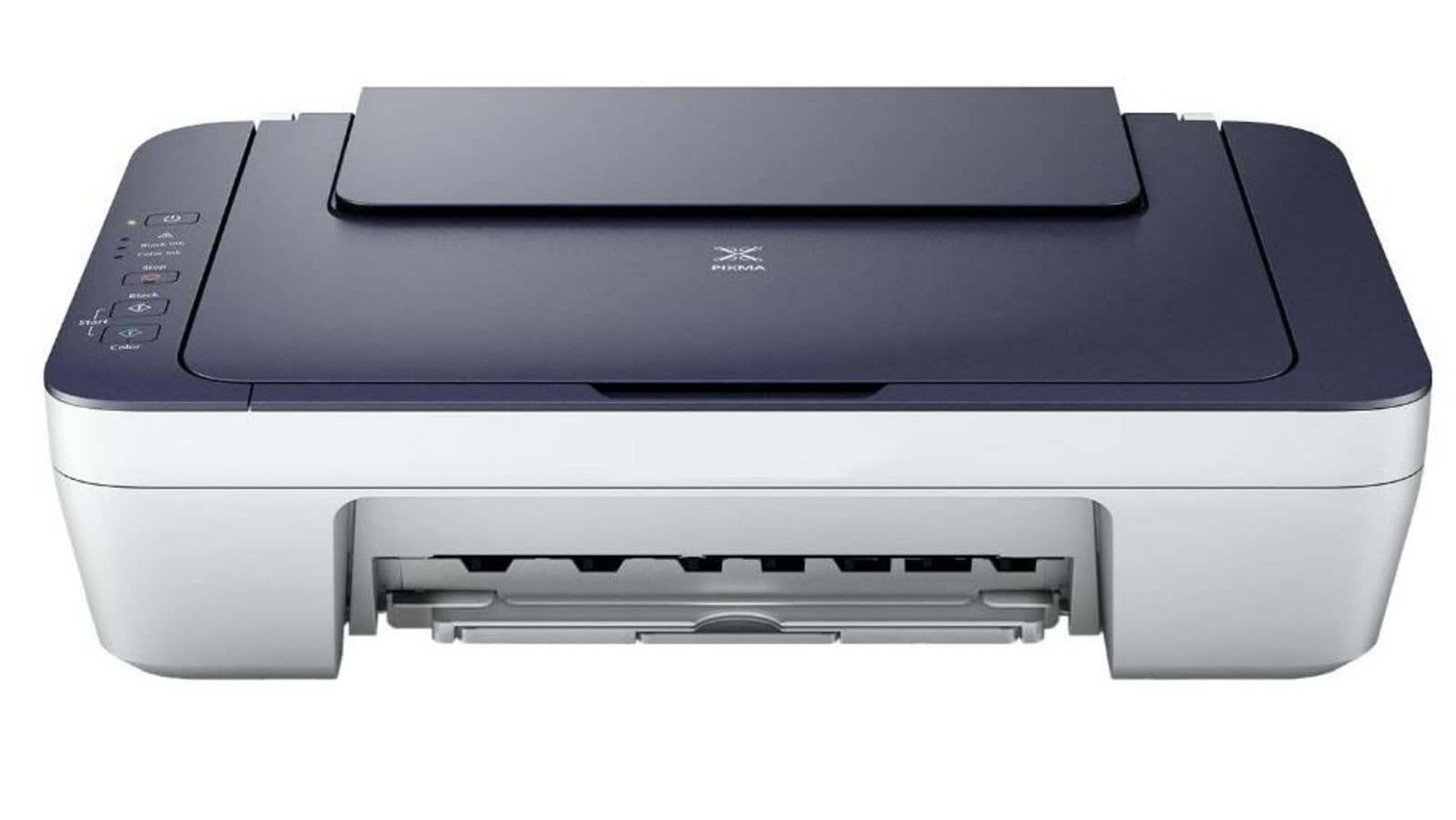Printer ink, a seemingly innocuous necessity in our modern lives, often leaves us scratching our heads at its exorbitant prices. In this blog post, we will delve into the reasons behind the high cost of printer ink, exploring the intricate web of factors that contribute to this perplexing phenomenon. By understanding the underlying dynamics, you will be equipped with valuable insights to make informed decisions when it comes to purchasing printer ink.
- Research and Development:
One of the primary reasons for the steep price of printer ink lies in the extensive research and development (R&D) that goes into its formulation. Printer ink manufacturers invest significant resources in developing innovative ink formulations that deliver optimal print quality, longevity, and color vibrancy. These R&D costs, coupled with ongoing improvements and advancements, are reflected in the final price of the ink cartridges. - Quality Assurance:
Printer ink manufacturers adhere to stringent quality control measures to ensure consistent performance and reliability. Rigorous testing processes, including print head compatibility, fade resistance, and smudge-proof properties, are conducted to meet industry standards. These quality assurance procedures add to the overall cost of printer ink, as only the highest-quality products make it to the market. - Patent Protection:
Printer ink manufacturers often hold patents for their unique ink formulations and technologies. These patents grant them exclusive rights to produce and sell their ink cartridges, protecting their intellectual property. The costs associated with obtaining and maintaining patents, as well as defending against potential infringements, contribute to the higher prices of printer ink. - Printer Manufacturers' Business Model:
Printer manufacturers often adopt a business model known as "razor and blades." They sell printers at relatively low prices, sometimes even at a loss, with the intention of making profits through the sale of ink cartridges. This strategy allows printer manufacturers to maintain a steady revenue stream, but it also means that the cost of printer ink is inflated to compensate for the lower printer prices. - Limited Competition:
The printer ink market is dominated by a few major players, resulting in limited competition. This lack of competition gives manufacturers more control over pricing, allowing them to maintain higher profit margins. Additionally, the compatibility restrictions imposed by printer manufacturers further limit consumer choices, as third-party ink cartridges may not work reliably or void the printer's warranty. The limited competition further contributes to the high cost of printer ink. - Marketing and Distribution:
Printer ink manufacturers invest heavily in marketing and distribution efforts to promote their products and reach a wide customer base. These expenses, including advertising campaigns, packaging, and logistics, are factored into the overall cost of printer ink. While these activities may not directly impact the ink's quality, they contribute to the final price consumers pay.
Conclusion:
The high cost of printer ink can be attributed to a combination of factors, including research and development, quality assurance, patent protection, printer manufacturers' business models, limited competition, and marketing and distribution expenses. Understanding these underlying reasons empowers consumers to make informed decisions when purchasing printer ink, considering factors beyond just the price tag. By weighing the value of print quality, reliability, and longevity, consumers can strike a balance between cost and performance, ensuring a satisfactory printing experience.
